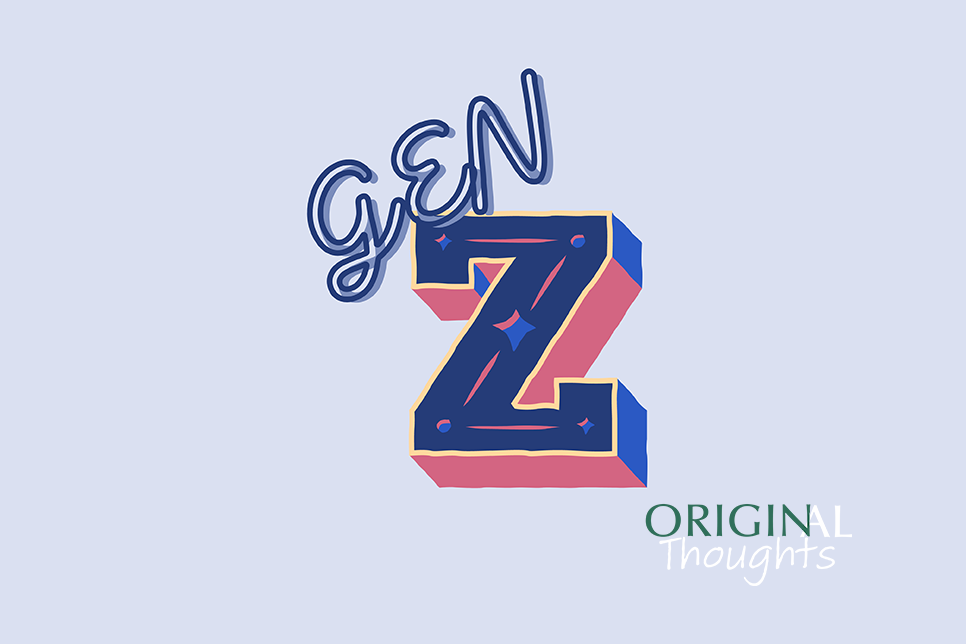
Spin, in and of itself, is not inherently nefarious. It is often defined as “the presentation of information in a particular way, especially a favorable one.” Spin can be used to mislead or misdirect readers. In medical reporting, the presence of spin can influence individuals who rely on objective and balanced research findings to make informed healthcare decisions.

This post was inspired by conversations about the business of publishing during the May 2024 Council of Science Editors annual meeting. It is aimed at those who work in roles at a society where understanding financial performance and the impact of changes in the publishing industry on a society’s financial health are critical. As such, the focus is on issues with direct financial implications as well as matters that indirectly influence the performance of a journal from a business perspective.

For a business to succeed, it must recruit, hire, and retain talented individuals who bring value to the organization. The more value one brings to their job, the more valuable they are to their employer. In the dynamic landscape of modern work environments, the concept of valuing one’s work extends beyond financial compensation. It can also encompass recognition, professional growth, and a sense of fulfillment derived from meaningful contributions. Whether you are a job seeker searching for a new role, an employee seeking advancement within a company, or an independent contractor navigating project-based engagements, understanding how to effectively value and advocate for your work is crucial.
Gen Z faces challenges unlike previous generations when entering the work force relating to their skill development as workplace changes caused by COVID limit in-person opportunities to observe and learn office protocol.
Volunteering speaks to the heart and soul of commitment. If you truly enjoy and support a cause, you are likely to freely give your time and effort. Our work in publishing speaks to us all in different ways. Volunteering takes many forms: many of us want to strengthen our bond within our publishing community, which can be from a teaching perspective, being civic-minded, learning and applying new skills, creating purpose, helping others, helping oneself to further your career or fill an emotional need, and/or bridging the gaps throughout our communities.
KGL Accucoms explores essential questions that can inform publishers’ sales and marketing strategies.
For a successful implementation, staff and editors need to be on the same page about how much anonymization is expected and feasible. Be pragmatic, as there are considerable practical limitations that make it rather impossible to completely mask the identity of authors
A scientific journal article is crucial to scientific research because it is a way to convey information, results, and conclusions to large audiences. Furthermore, articles are records — blocks —that can build on each other. Before the present iterations of the journal article, researchers wrote essays and letters to disseminate their findings. It was not until the 1880s that the recognizable journal article (a document that has an introduction, methods section, results, and discussion) appeared; by the 1970s, this format was the dominant one in scientific journals. The journal article has not remained static, however, due to societal factors such as technology, policy changes, and mandates. In response to these factors, the scientific community has re-conceptualized journal sections, created new ones, and even created new article types articles. Technology has enabled the enhancement of journal sections through media such as video, animations, sound files, and interactive figures and has allowed journals to exist solely online.
The other night I was at a dinner party for my husband’s business, and a new acquaintance asked what I do for a living. I told him, and he said he wished he could use his professional skills to do something equally fulfilling. Experiences like that are a good reminder that leading a high-performing team in support of a meaningful mission is a privilege and a joy.







